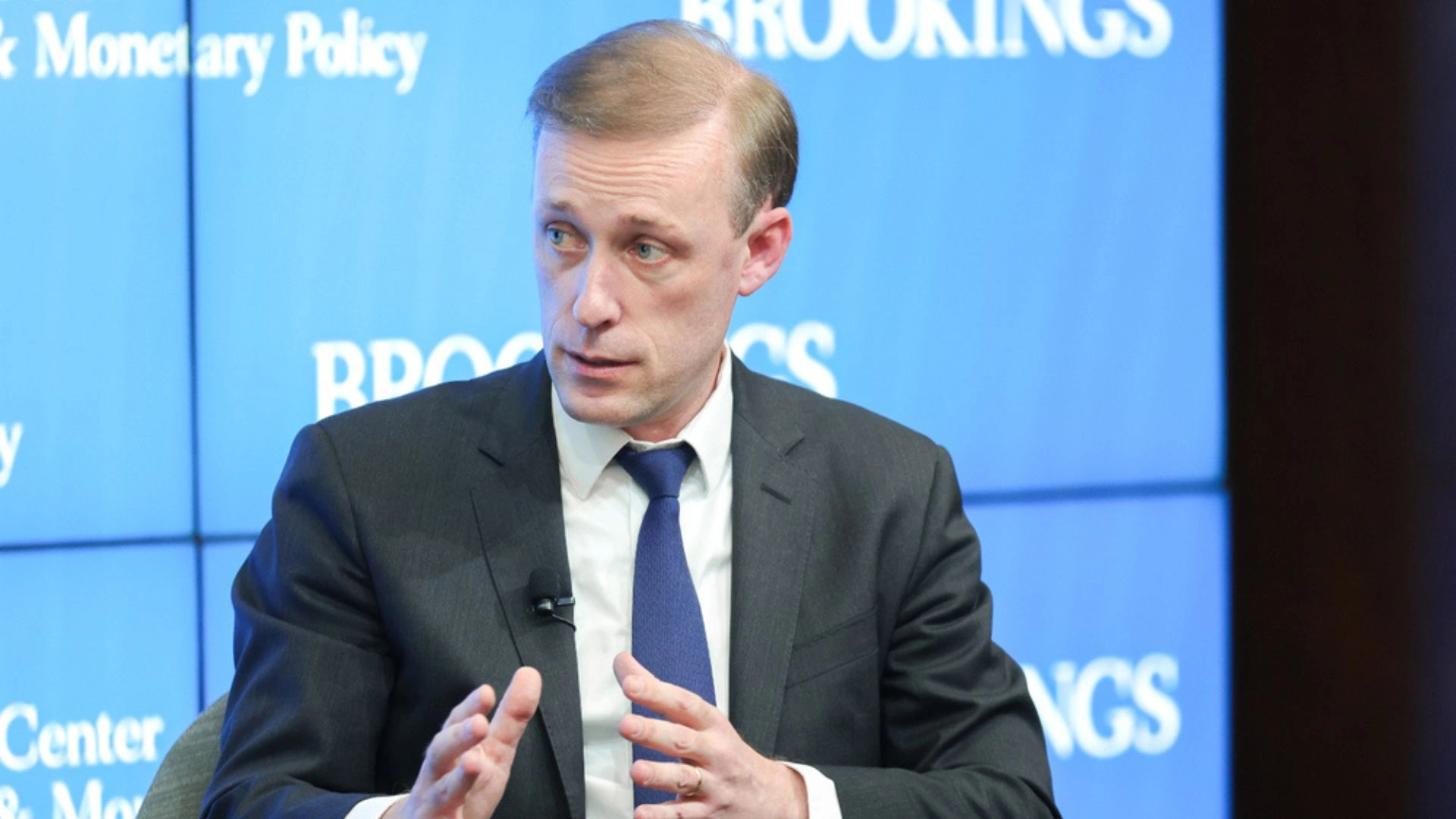In a series of posts on ‘X’ on Wednesday, the union Finance minister Nirmala Sitharaman came down heavily on Congress for wasting India’s economic growth potential during the UPA years. And she also boasted about how BJP govt. has pulled off many growth projects, after congress left the economic situation vulnerable.
To prove this, she cited examples of Infrastructure and capex surge
Congress mistakes
Under UPA, almost all aspects of India’s economic needs were mismanaged or ignored, she added. While the Congress negligence left the country lagging, the Modi-led Government’s infrastructure related efforts propelled India forward with real, tangible progress on the ground, Sitharaman said.
“@INCIndia-led UPA Govt’s noticeable and deliberate neglect of infrastructure creation not only denied India much-needed roads, railways, power, etc., but it also compromised India’s long-term economic potential,” Sitharaman said.
A more glaring outcome of this neglect was the development of border roads and defence capital expenditure, which left India vulnerable to external threats, Sitharaman said.
Contrasting the ‘decision stasis’ of the UPA regime with the outperformance of the Modi-led Government, Sitharaman said that PM Modi’s active role has made the infrastructure turnaround possible.
“PM has personally monitored the progress of projects, even those launched earlier, through the PRAGATI platform. This led to the successful completion of long-delayed projects. Through 43 PRAGATI meetings, PM Modi has reviewed projects worth ₹ 17.36 lakh crore,” she said.
Capex surge
The FM highlights that as a proportion of total expenditure, capex rose to over 21% in 2023-24, compared to just 12% in 2013-14.
she also draws comparison between the BJP years and UPA years, saying that the Gross Budgetary support capital expenditure has increased by 3.72 times.
Infrastructure betterment
1. Roads
She posts some staggering figures like,
-Since 2014, 3.74 lakh kms of Rural roads has been built under the PM Gram Sadak Yojana, almost double of 3.81 lakh kms of rural roads built till 2014. Over 99% of rural habitations are now linked with rural roads.
-Since 2014, there has been a 500% increase in the road transport and highway budget allocation.
-National Highway (NH) network has expanded by 60% from 91,287 km in 2014 to 1,46,145 km by the year 2023; compared to only 39 % expansion from 65,569 km to 91,287 km between 2004-14.
-Average pace of NH construction saw a remarkable increase from the baseline 12.1 km/day in 2014 to 34 km/day in 2023-24.
-Share of 4 lanes NHs increased from 20 % to 30% of the total NH network, improving the logistics efficiency.
-Budget for BRO (Border Roads Organisation) increased by almost 4 times from Rs 3782 crore in 2013-14 to Rs 14,387 crore in 2023-24.
-6,806 km of Border Roads were constructed between 2014-22, compared to 3,610 km in 2008-14.
The transformative power of infrastructure is evident in projects like the upcoming Delhi-Mumbai Expressway, which will cut travel time between these cities from 24 hours to 12 hours.
Asia’s longest bi-directional Zojila Tunnel reduces travel time from 3.5 hours to just 15 minutes, ensuring all-weather connectivity between Srinagar, Kargil, and Leh.
In Assam, the Dhola Sadia Bridge slashed travel time from 6 hours to 1 hour, while the Dibang-Lohit River Bridge in Arunachal Pradesh decreased travel distance by 300 kms and travel time by 8 hours, providing all-weather access to eastern Arunachal Pradesh.
Enhanced road connectivity attracts investments and boosts local businesses by improving market access and reducing logistics cost. Due to better roads, there is a significant potential savings of Rs 2.40 lakh crs – Rs 4.80 lakh crores annually in logistics costs.
2. Railways
Under PM Modi, Indian Railways has ushered into an era of modernization with modern stations, modern trains, modern facilities and modern technology.
-Upgrading railway tracks and rakes for high-speed travel has reduced travel times, making long-distance travel more comfortable and efficient.
-In 2023-24, Allocation for Railways’ capex increased to Rs. 2.43 Lakh Crore. It is 30 times increase over 2004-05, and 8 times increase over 2013-14.
-With 96% electrification of the total broad gauge RKMs, IR is the greenest railway network in the world. The pace of electrification has jumped almost 10 times, from only 1.4 RKM/day electrification in 2004-2014 to 11.4 RKM/day in 2014-2024.
-Under UPA (2004-14), 14,985 RKM of rail track work was done whereas in the last 9 years (2014-23), 25,871 RKM of track laying work has been done.
-From 4 km per day in 2014, the Indian Railways achieved daily track laying of 14.5 km in 2023-24 (5,300 km).
-Rail connectivity to 4 Northeast states, i.e. Meghalaya, Arunachal Pradesh, Manipur & Mizoram, has been provided after 2014.
3. Power:
Under PM Modi, India has transformed from power-deficient to power-sufficient by adding 193 GW of generation capacity (249 GW to 442 GW).
-Investments in upgrades, grid modernisation, and smart technologies are being done to help reduce power outages, voltage fluctuations, and disruptions.
-As of Nov 2023, the availability of power in rural areas increased from 12 hours in 2015 to 20.6 hours, and in urban areas, it increased to 23.8 hours. 100% rural electrification was achieved in 2018.
-The transmission network of 4.85 lakh cKM has evolved into the largest national synchronous grid in the world.
-The share of renewable energy sources in total installed capacity has increased from 14.1 % to 32.5 %.
4. Metro Rail
Metro projects have significantly improved the ‘ease of living’ in urban areas by providing improved connectivity, reduced traffic congestion, and safe travel.
-Since 2014, the Metro network has expanded around 4 times, from 248 km of operational lines in 5 cities to 939 km in 20 cities.
-As the first of the eight RRTS corridors, the Delhi Meerut stretch will be completed by June 2025.
-India’s first state of art ‘Namo Bharat’ train with design speed of 180 kmph has been introduced in the Delhi- Meerut RRTS corridor.
5. Aviation
India’s skies are now more connected than ever due to our govt’s efforts, making air travel accessible and boosting regional connectivity
-India’s aviation network has doubled with the construction of 83 new airports since 2014. Operational Airports up from 74 in 2014 to 157 in 2024.
-The passenger traffic has increased from 169 MPPA (Million Passengers Per Annum) in 2014 to 376 MPPA in 2024.
-559 routes were operationalised under UDAN Scheme, which improved air connectivity to underserved regions.
6. ports
Our government has actively engaged in improving India’s maritime sector to promote the blue economy. A ten-year blueprint “Maritime India Vision 2030 (MIV 2030)” was released to boost the maritime ecosystem.
FDI norms were relaxed to attract investments in port development and operations. Up to 100% of FDI was allowed for port and harbour construction and maintenance projects.
-IFSCA notified ‘ship lease’ as a financial product, and it provided a framework for enabling ship finance and operating leases.
-The Average Container dwell time for India, as per World Bank’s Logistics Performance Index (I-PI) Report-2023, has achieved a level of 3 days only, compared to 4 days for countries like UAE and South Africa, 7 days for USA and 10 days for Germany.


















